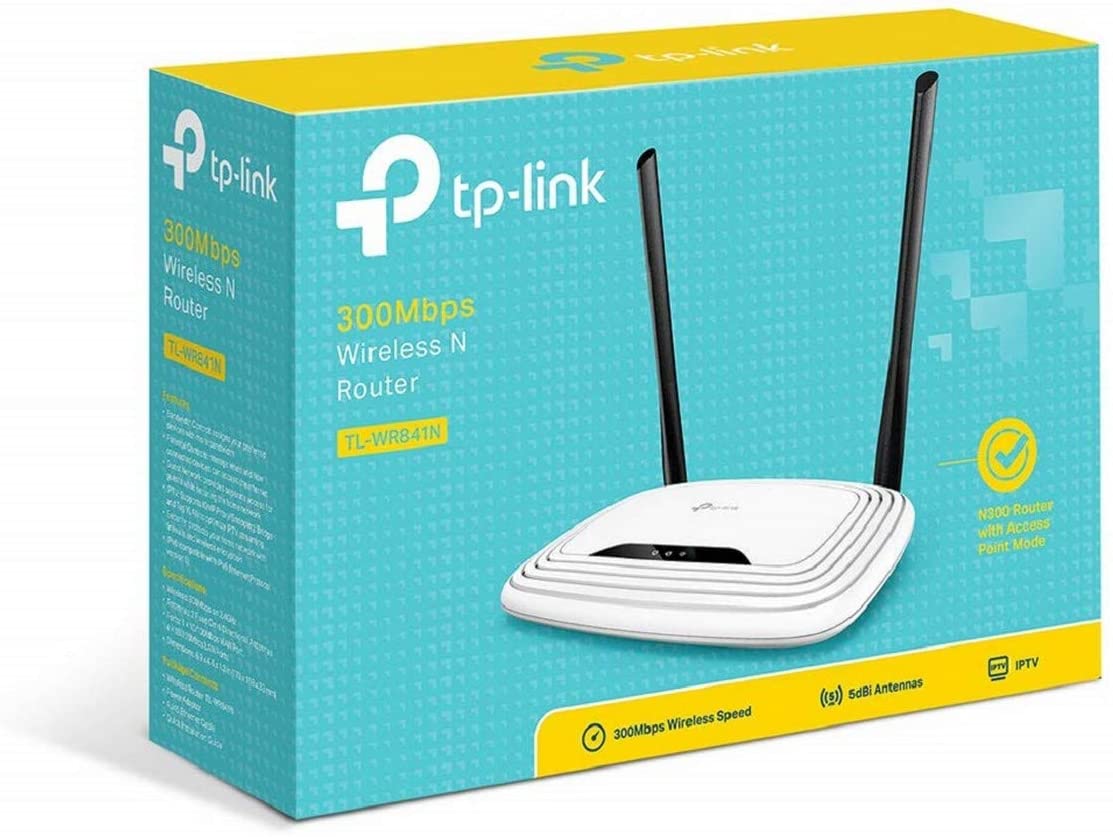

Barrier ThicknessĮvery physical barrier will affect the strength of a wireless connection. There are three main factors to consider: barrier thickness and material type, sources of interference, and the physical environment of the antennas in operational conditions. It’s important to remember that for a wireless network, throughput/speed and distance/signal strength are related the same computer will get a much faster network signal at ten feet from the router through open air than it will at sixty feet from the router through three walls and a stairwell. Homes and businesses with larger or more complex layouts, however, need to plan to get the best range and performance out of their network. For this article, we will concentrate on their line of range extenders. TP-Link is a networking company that makes a wide variety of networking products, from whole-home wireless routers to range extenders to modems and switches. If you have a large home or office or are trying to extend your Internet connection to an outlying building such as a shed, garage, or patio area, then a wireless network extender may be the product that you need. I once spent about four hours trying to figure out why a wireless router wasn’t quite able to reach nearby rooms in my home before realizing that I was asking the signal to go directly through a home gym setup – about 500 pounds of cast iron directly in the signal path. Obstacles are generally things like especially thick walls or floors, but other household items can and do cause signal problems. You may have a router that simply doesn’t broadcast with enough power to reach all the nooks and crannies of your home, or there may be obstacles in the way of the signal. Weak WiFi can be extremely frustrating and can have a number of different causes. Your network might have trouble reaching something 60 feet away, just 10% of the nominal range.
TP LINK ROUTER WPS BUTTON FULL
Now do the same thing inside a house full of walls and refrigerators, doorways, and staircases. If you set that equipment up outside, in perfect weather, in a giant open field, with nothing in between the two network components, you would indeed find that they would work pretty well even if they were 600 feet apart. You may note that a piece of wireless hardware has a nominal range of 600 feet, for example. Radio waves can penetrate such obstacles, but it uses up a considerable amount of their power to do so. One common problem that wireless network installations often run into is the fact that radio waves, which WiFi networks use to communicate, carry very well through open-air but are much less effective when asked to propagate through solid objects, such as walls or doors.


 0 kommentar(er)
0 kommentar(er)
